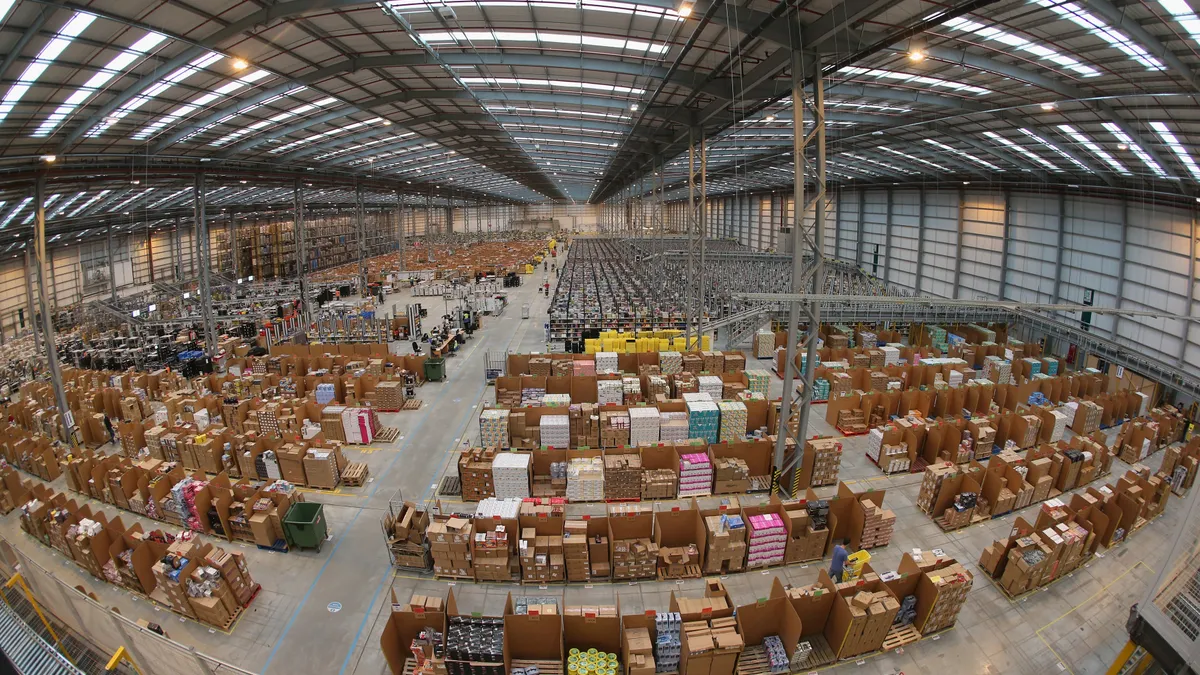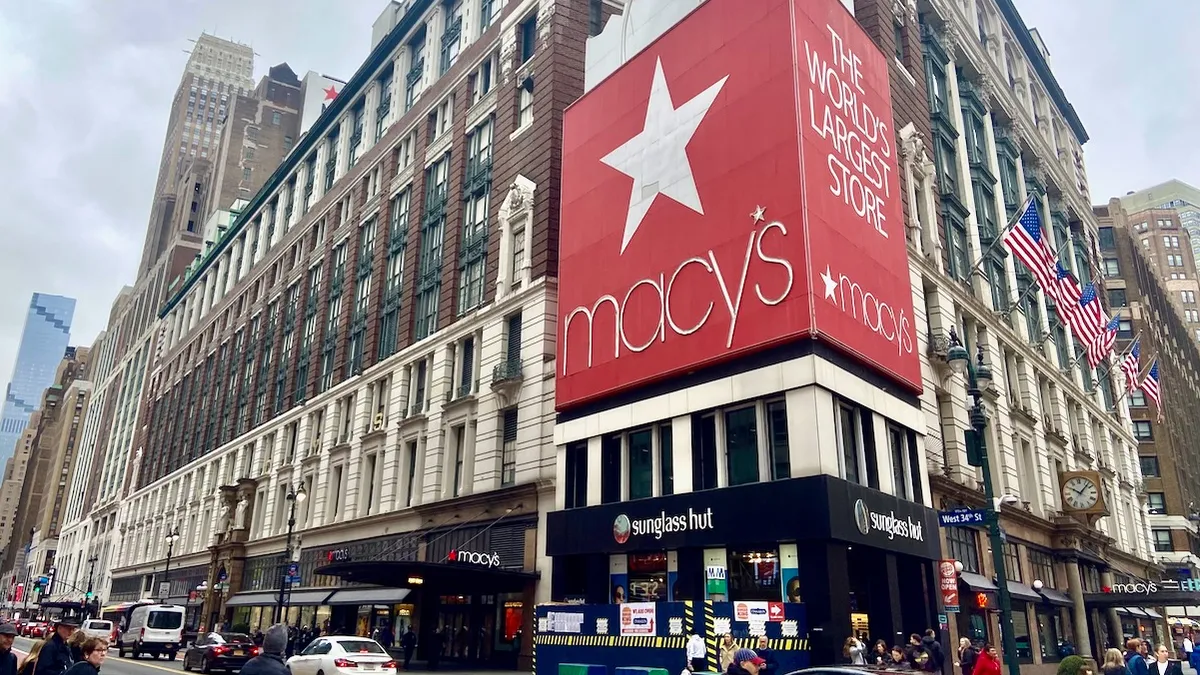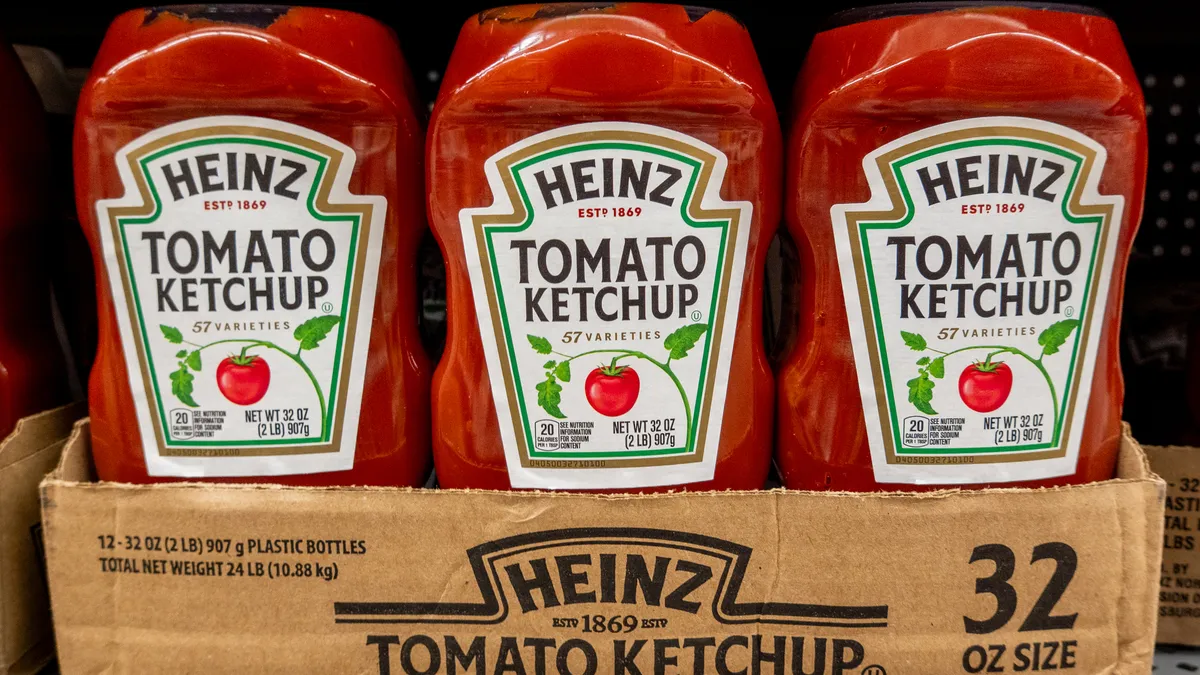It's easy to make warehouses more efficient if you have enough capital, but that's not the reality for every company right now. Whether battered by the pandemic, knocked sideways by supply chain-related cancellations, or just not getting the budget from the C-suite level, not every warehouse manager has the funds to make efficiency changes.
That doesn't mean they still can't make improvements, said Chris Karney, managing director of supply chain operations for Accenture. "There are a lot of things you can do within the facility without spending a lot of money on new equipment and systems," he said, adding that changes outside the facility can have a big impact too.
From going back to tried-and-true efficiency measures, to focusing on better addressing your customers' needs, making changes now doesn't always need to cost big.
Go back to basics
Are there any inefficiencies within the four falls of the warehouse right now? Improving what happens in the warehouse, through a traditional Lean Six Sigma approach, and optimizing the layout for the kinds of product that you have, can make differences, said Karney. Reviewing the pick and pack process, and how labor fits into that process, can also streamline operations.
"There are a lot of things you can do within the facility without spending a lot of money on new equipment and systems."

Chris Karney
Managing Director of Supply Chain Operations, Accenture
Outside of the warehouse, companies can usually do more to make different factions work together, so that those planning demand, supply and transportation work together, instead of sticking to their own silos.
"I don't mean to minimize the warehouse but it becomes almost incidental if I know my demand plan, and I balance that with my supply, and I utilize my transport assets efficiently. The warehouse becomes just a node to get there," Karney said.
Take advantage of the "as a service" model
Warehouse managers should also look at technologies that might have been out of reach a few years ago, to see if they're cheaper now. The "as a service" model also removes the upfront cost, which can make adding those technologies more affordable if there is any budget to spend.
That includes IoT infrastructure that can give warehouse managers "more visibility into the supply chain," said Subodha Kumar, professor of marketing and supply chain management at Temple's Fox School of Business, which can help warehouse managers to find and fix inefficiencies. With an "as a service" model, a third party installs and monitors sensors and analyzes the data, at typically a lower cost than setting it up, and maintaining it internally.
"Large companies will do their own systems. But it's a perfect solution for small- and medium-sized businesses to address a lot of pain points at a very low cost," Kumar said.
Karney cites robotics as another technology that has come down in cost. "Five to seven years ago, you'd be paying exorbitant prices to get any kind of robotics," he said. But as the technology matured, and the robots got better, the prices have come down. Warehouses can also go the "robot-as-a-service" route to bringing robots in when needed, and/or eliminating the need to budget for repairs.
Cold storage has gotten cheaper, too, said Karney, mostly because of the use of robotics in that space. Aisles can be narrower if a robot is doing the picking, which also cuts down on labor costs, especially in a tight labor market where it might be harder to find someone who wants to work in a minus 45 degree environment.
Focus on your strengths
Small and medium companies aren't going to be as warehouse efficient as the Amazons and Walmarts of the world. They don't have the budget or the scale.
However, they can focus on their strengths, and see if they can use what they already have to improve customer experience, said Joseph Tillman, researcher at the Warehousing Education and Research Council. These smaller companies should be looking at "how do you wow your customers today with what you have today, not with what you may have in the future," he said.
"It's good to look at the future state of where we could be, but we really need to understand what our current state is."

Joseph Tillman
Researcher, Warehousing Education and Research Council
Tillman cites Chewy.com, an e-commerce retailer of food and products for pets, as being especially good at this. They focus on knowing their customers and their needs as pet owners instead of trying to compete solely on price. Recently, one his neighbors' dog died. She called Chewy to cancel her dog's food order; instead, they credited her account but told her she could donate the food to a local shelter. Three days later, they sent her flowers.
"There's technology behind that because it's taking a lot of information then utilizing it, but we have that ability as companies," he said.
That doesn't mean smaller companies should take their eye off what giants like Amazon, Walmart, Target and FedEx are doing, Tillman added. "It's good to look at the future state of where we could be, but we really need to understand what our current state is."
This story was first published in our weekly newsletter, Supply Chain Dive: Operations. Sign up here.




















